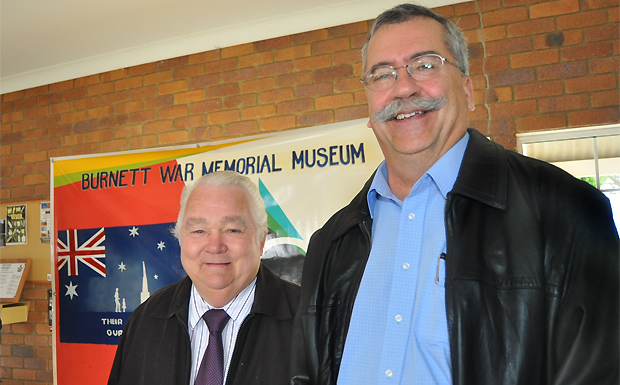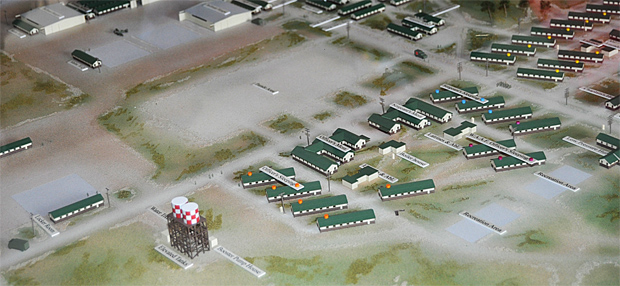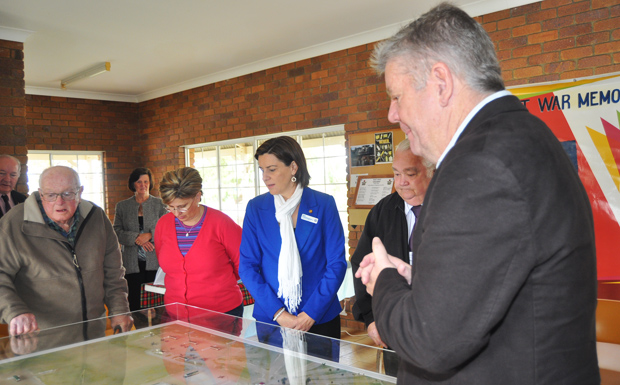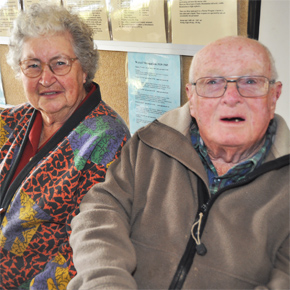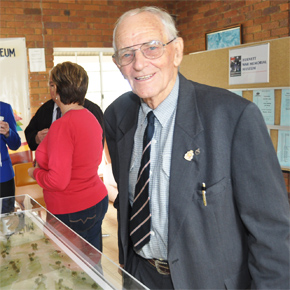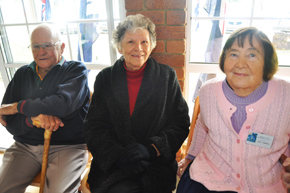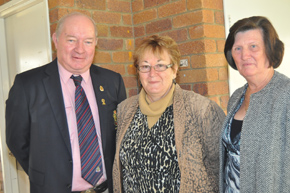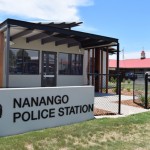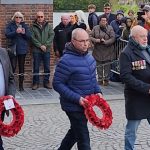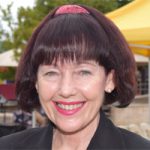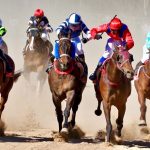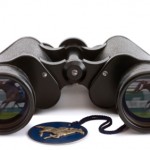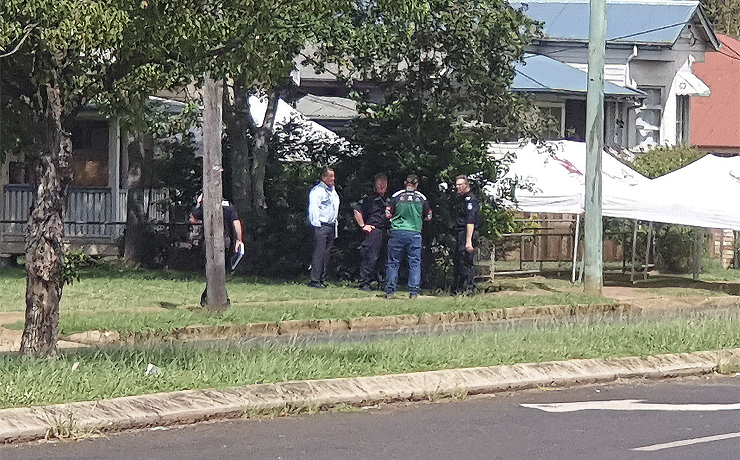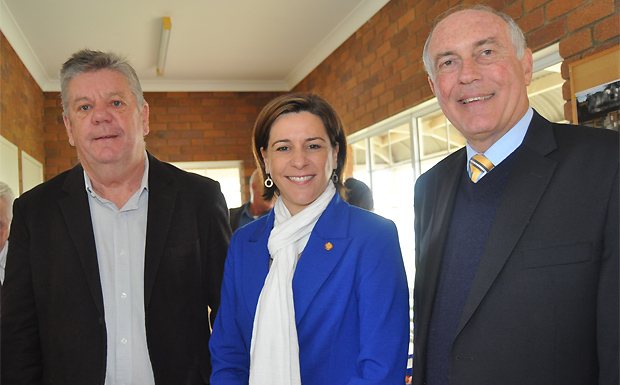
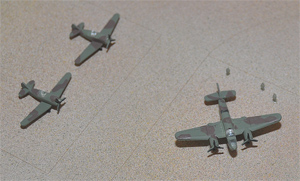
June 30, 2013
Kingaroy Airport was a very different place in 1942 … it was home to thousands of people, and a vital cog in Australia’s war effort against Japan.
How different it was can now be seen and understood by future generations following the construction of a $30,000 model of the airport precinct as it was during World War II.
Federal National Party Leader Warren Truss officially unveiled the model – and cut a cake to mark 70 years since the base was operational – in a ceremony at the Kingaroy Airport on Saturday morning.
The model will take pride of place in the Burnett War Museum’s collection.
Museum spokesman Russell Cook said it had been constructed as accurately as possible, depicting the location of most of the 400 or so buildings that had been located at the precinct.
“It is based on our studies over the last 16 years and other information that has been given to us,” he said.
A mere handful of buildings still remain on site, including the current Glider Club headquarters, the remains of a gun buttress and the “old morgue” and Motor Pool building which now form the heart of the Burnett War Museum.
Mr Cook said that for the time being the model would be stored in the museum’s office in the Airport Terminal building. Members of the public could view it on Tuesdays and Wednesday mornings from 8:00am to noon; or at other times by appointment; phone (07) 4162-4632.
Mr Mark Huston, who compered the morning, congratulated Mr Cook.
“Russell is trying to keep a bit of our history alive. We have to have something to show our children,” he said.
South Burnett Mayor Wayne Kratzmann also congratulated Mr Cook, saying he “lived and breathed” the Burnett War Museum.
Member for Nanango Deb Frecklington said the State Government was also pleased to support the project through the Gambling Community Benefit Fund.
“We have to preserve our history,” she said.
National Party leader Warren Truss said the model was a practical demonstration of Kingaroy’s role during wartime.
It would impress visitors about the magnitude of what had been at the airport.
He said many young Australians had gone through the No 3 Initial Training School which was based at the airport.
“It was important that we train pilots,” he said. “Australians feared that we could be invaded by Japanese forces.
“But the aircraft were pretty fragile things. The air force lost more pilots in training and travel than we did in battle.”
Mr Truss said a number of emergency landing strips were constructed around the South Burnett – including one near his family’s farm at Mannuem – in case the trainee pilots had difficulties.
Sadly, not all the pilots made it, which is why Kingaroy also hosts one of the few Commonwealth War Grave cemeteries located in a country town.
Mr Truss also recalled that Gordonbrook Dam and the Kingaroy water scheme were built to supply water to the base.
“The main water towers for the town were here at the airport,” he said.
- Related article: Hunt For Airport Veterans
